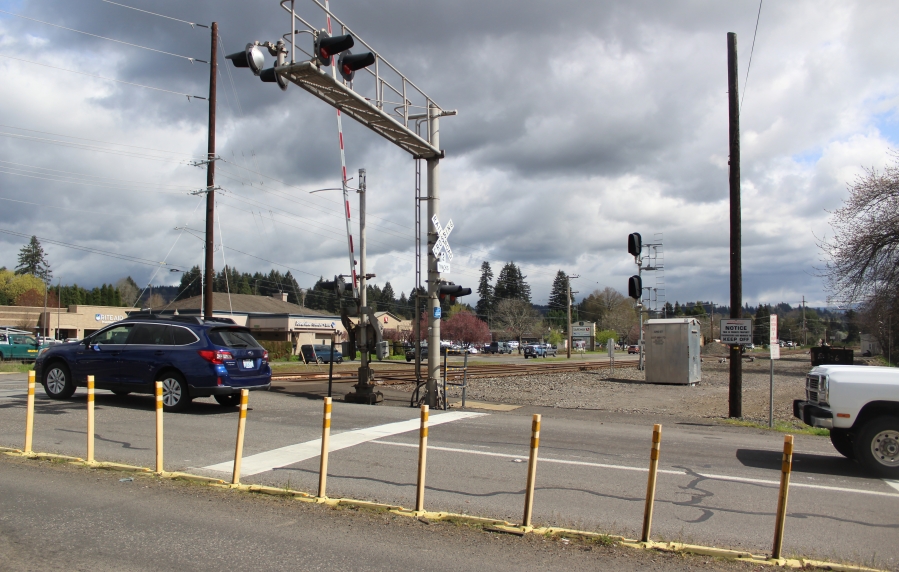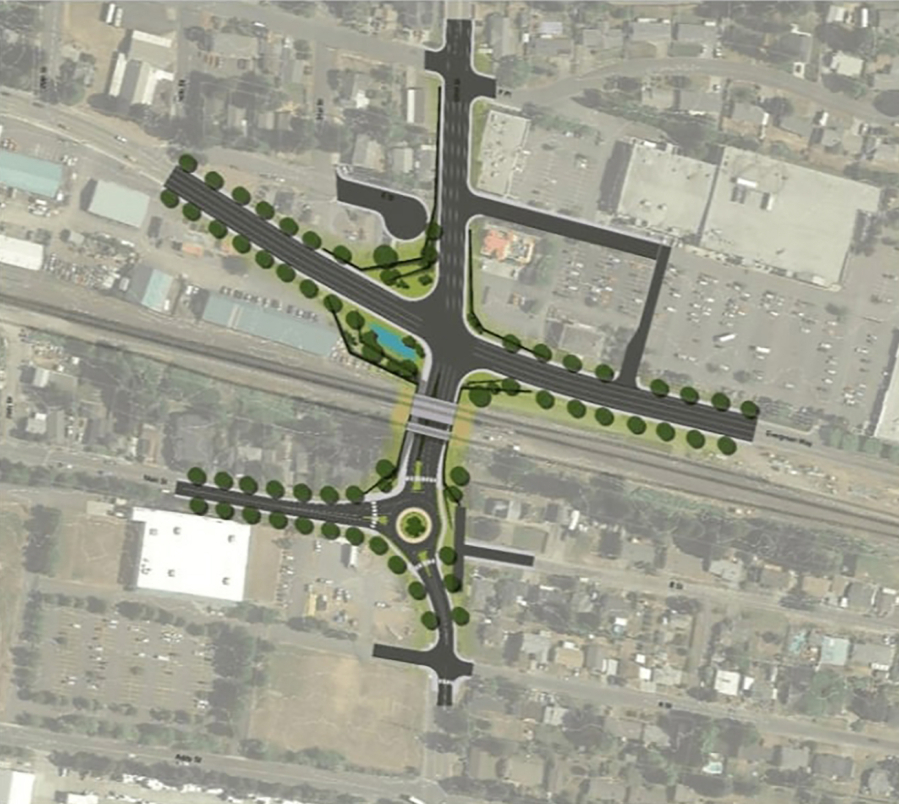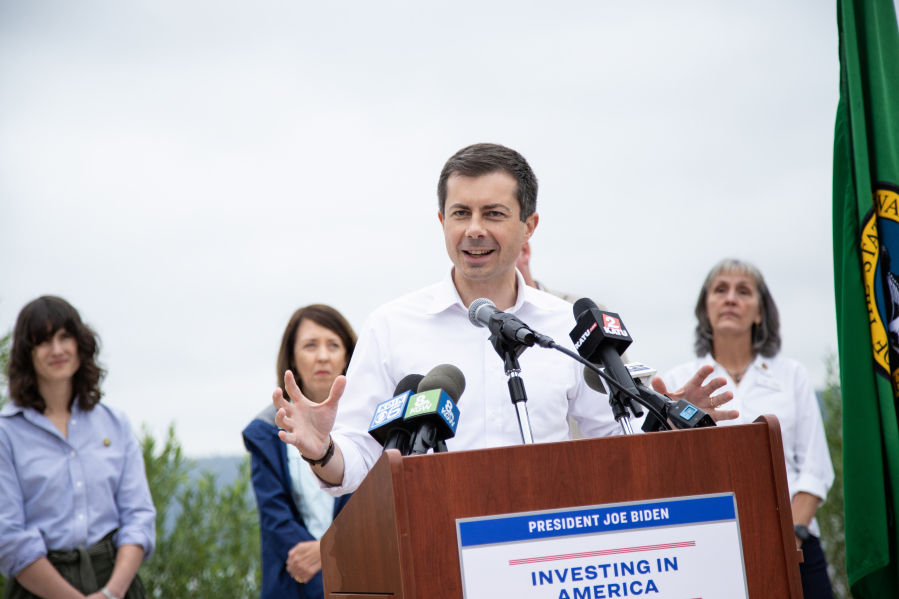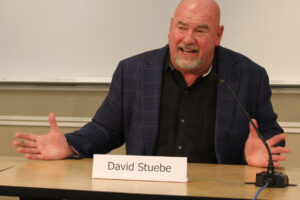City of Washougal leaders are optimistic that they’ll be able to fund their 32nd Street rail crossing project despite initial cost estimates coming in higher than originally projected.
City engineer Scott Collins told the Council during the Nov. 4 workshop that the project is estimated to cost between $69 and $80 million, significantly more than the City’s original estimate of $60 million.
“We were targeting a June 2024 meeting with the state’s project review committee — you have to be either registered through the state to move forward with alt-delivery or get approval,” Collins said.
However, about one week before that meeting, the City received a higher-than-anticipated cost estimate from its engineering and professional services consultant firm, WSP.
“We felt we had to pull the application because we wanted to do some thorough analysis before we move forward,” Collins said.





